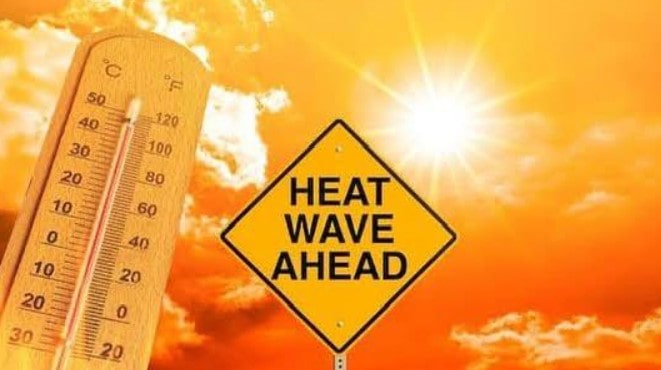Heatwave Death Toll in London Soars as Climate Change Blamed for Majority of Fatalities
The latest heatwave may have claimed the lives of 263 Londoners, with scientists warning that climate change played a devastating role in amplifying the deadly effects.
According to new analysis from experts at Imperial College London and the London School of Hygiene & Tropical Medicine (LSHTM), around two-thirds of those deaths wouldn’t have occurred without the added impact of climate change — which pushed temperatures nearly 4°C higher than normal.
The sweltering spell between 23 June and 2 July saw temperatures spike to a blistering 34.7°C. The capital was placed under an amber health alert, with hospitals bracing for strain. Wimbledon players turned to ice packs for relief. But outside the spotlight, the searing heat quietly tore through care homes, hospitals, and flats.
Dr Fredi Otto, from Imperial, didn’t hold back: “Climate change is an absolute game changer when it comes to extreme heat, but still very much under-recognised.”
Experts say climate change effectively tripled the number of heat-related deaths in the capital. Of the 263 excess deaths recorded, an estimated 171 were directly attributable to global warming.
The study’s data, while statistical rather than definitive death counts, aligns with past official figures — such as the 3,000 lives lost during the UK’s scorching 2022 summer.
“Just two or three extra degrees in a heatwave can be the difference between life and death,” warned Dr Otto.
This wasn’t just a London crisis. The same “heat dome” hovered over much of Europe. Cities from Rome to Barcelona baked under relentless sun. Across 12 major cities, experts estimate 2,300 people died — with 1,500 deaths linked to climate change.
“Even without climate change, many places in Europe likely would have experienced a period of hot weather,” said Dr Ben Clarke from Imperial. “But climate change has made it significantly hotter… and a lot more dangerous.”
Heatwaves don’t discriminate, but some groups bear the brunt.
The elderly, particularly those over 65, and people with pre-existing conditions like heart disease or diabetes, are most vulnerable. However, younger adults weren’t spared. Almost 300 deaths in the recent heatwave involved people aged 20 to 64.
Small children and pregnant women face unique risks. Their bodies struggle to regulate heat effectively, and rising temperatures have been linked to premature births.
Poorer communities, often without access to cooling systems or green spaces, face added peril. Those forced to work outdoors, like a construction worker in Italy and a street sweeper in Barcelona, tragically lost their lives amid last week’s blaze.
Experts say Britain isn’t ready. Not by a long shot.
Classrooms, care homes and hospitals are woefully unequipped to handle this kind of heat. And with another wave hitting now, critics are pointing fingers.
“Alongside health, our education sector and schools are not fit to deal with heat,” said Dr Chloe Brimmicombe, speaking to Sky News.
She added: “There has been no strategy from multiple governments to adapt the health, social and care sector buildings to heat, despite calls and research highlighting a huge need.”
Government response has been lacking. The Department for Environment, Food & Rural Affairs has yet to comment on the growing concern.
As London braces for another potential 35°C heatwave, the calls for urgent adaptation are becoming impossible to ignore.
Solutions exist. Air conditioning helps, but it brings its own problems — like increased emissions and grid strain. Climate experts urge for smarter, sustainable measures: tree cover, building insulation, reflective materials, and traditional cooling systems like shutters.
The message is clear: heat is here to stay. And unless drastic action is taken, so too will be the rising toll it leaves behind.






